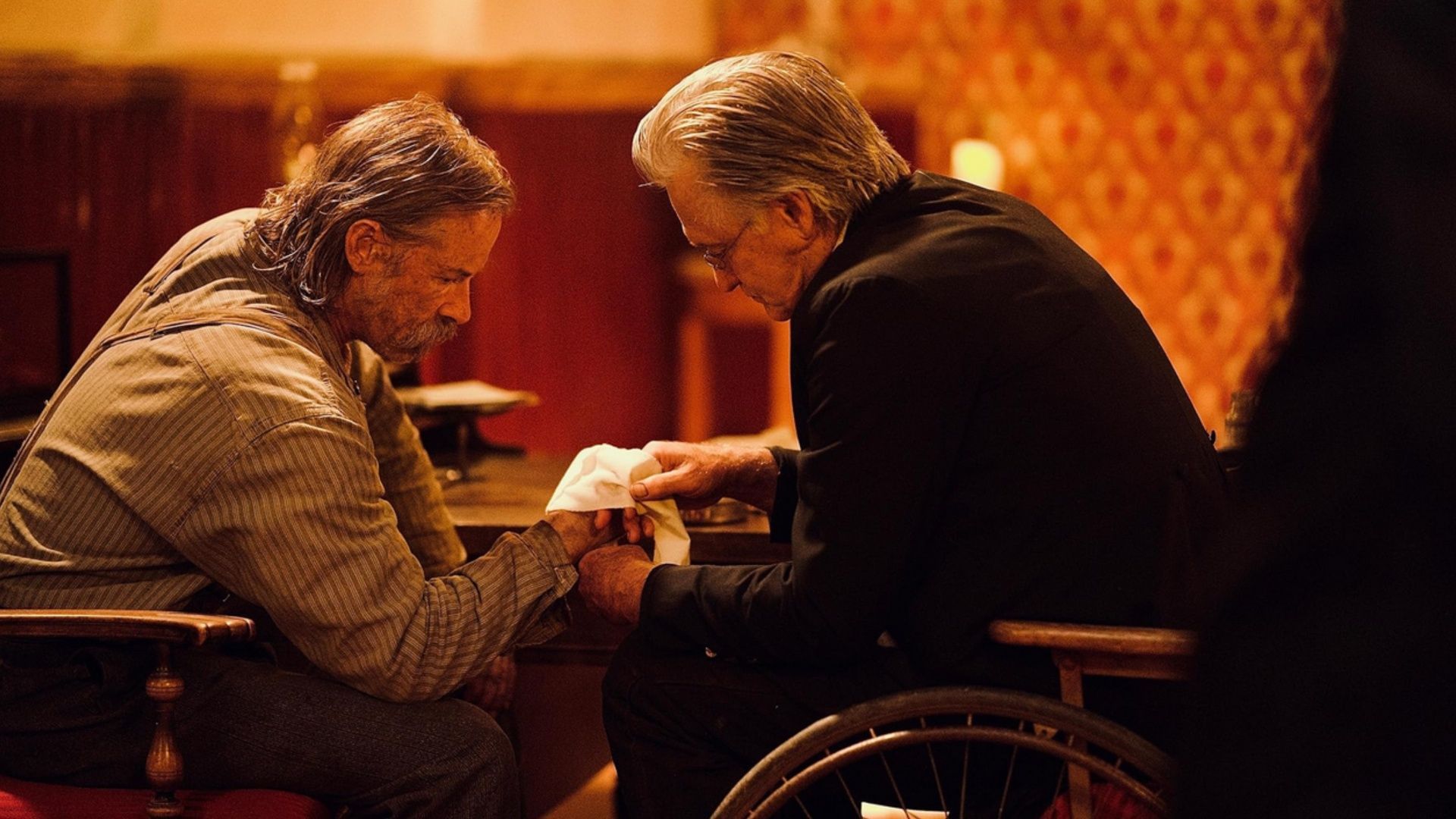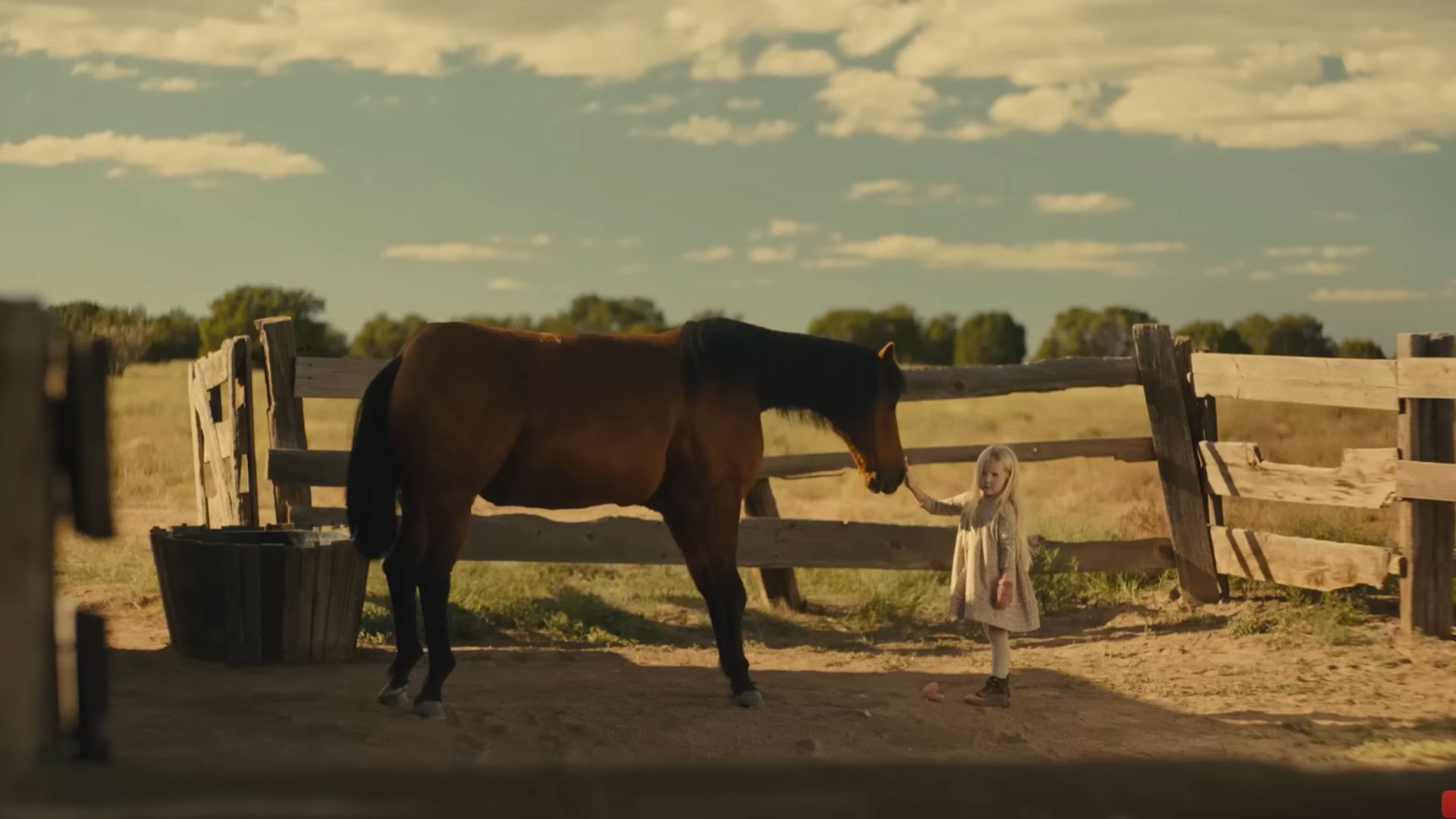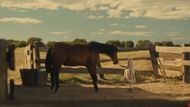Embed in the 1859 Arizona Territory, Eliminating Faith adheres to Sarah (DeWanda Wise), a released slave determined to protect her young little girl from a globe that fears her strange capability to bring death with a touch. Haunted by worry and superstitious notion, Sarah’s hopeless look for assistance leads her to Dr. Bender (Man Pearce), a skeptical medical professional, and the preacher Ross (Costs Pullman), whose brand name of faith drifts into fanaticism. Their intertwined journeys explore belief, loss, and the human requirement to discover meaning in suffering.
Please note: This article contails significant spoilers for the closing of Killing Faith. Visitor’s discretion is advised.
By the time the tale reaches its final breath, the response to what was hidden ends up being clear: it is confidence itself. The film’s haunting verdict reveals that conviction, when pressed to its severe, can be as destructive as any type of curse. The girl’s power might never be described, but its impact exposes just how belief, whether in God, scientific research, or redemption can drive people to sacrifice whatever. Because final moment, what passes away is not virtue, but the blind count on that belief alone can conserve anybody.
The price of belief in the Killing Confidence finishing


The ending depend upon a ruthless sacrifice When Sarah recognizes that the preacher’s treatment demands her child’s fatality, she is reluctant for the very first time. Faith, she learns, can become a tool when possessed by the incorrect hands. Ross insists the child needs to die to clean the land, while Bender says that the real curse is lack of knowledge.
Dr. Bender, who has long clung to reason, steps in to avoid the ritual, triggering a terrible battle that leaves both the preacher and Bender shattered. The movie’s closing scenes, as defined by doubters, highlight uncertainty rather than spectacle. Some translate Bender’s suffering in the desert as penance for his disbelief, while others see it as a symbolic redemption.
This moral uncertainty grows Killing Faith past style convention. The Western typically glorifies clear heroes and bad guys, yet Crowley’s vision stands up to that simplicity. Each character holds on to a version of belief, spiritual, scientific, or emotional, and the ending reveals how all can fracture under pressure. Sarah’s mother’s devotion mirrors Ross’s blind conviction, and both comparison with Bender’s struggle to fix up reasoning with loss. Nobody runs away unblemished. The uncertainty forces audiences to make a decision which kind of confidence deserves dying for.
The headache vision and its surprise icons


The surreal visuals of the final sequence enhance its psychological charge. As the routine spirals out of control, the film lets loose a series of haunting pictures : bodies in unusual arrangements, fires in the distance, the little lady’s shivering hand recommends an armageddon birthed from human concern.
Each image feels symbolic, like a fever desire that straddles death and rebirth. The burning cross behind Ross’s final lecture evokes purification but also destruction, a discourse on exactly how idea can consume the follower. The desert, shot in golden light by cinematographer Justin Hamilton, comes to be both tomb and church, a location where reality passes away but memory sticks around.
Bender’s last hallucination , of his dead child standing unharmed in the desert, functions as psychological closure without narrative assurance. Is he dying, fantasizing, or experiencing the wonder Sarah wished? Crowley never ever clarifies, and that silence turns suggesting right into an act of personal interpretation. The ending’s imagery reflects the duality of faith itself: it can heal, or it can kill, depending on that holds it.
Open questions that define Killing Confidence


Also after the credit reports roll, Eliminating Faith rejects resolution. Did the woman really have mythological power, or did fear develop the illusion of one? Was Ross a prophet or a predator exploiting hysteria? And most haunting of all , did Bender’s final act finish menstruation, or merely pass it on? These concerns echo long after the story ends, feeding right into the movie’s review of certainty itself. Crowley’s manuscript placements belief not as comfort but as confrontation. It asks what happens when reality is unknowable and idea becomes the only means to make it through.
In Killing Faith ‘s shutting moments, Sarah bows out the damages, her child’s fate unsure. The video camera lingers on the horizon, substantial, blinding, and vacant. It’s a finishing that seems like an enigma carved right into the desert floor. The movie doesn’t seek to discuss menstruation; it wishes to expose the cost of clinging to one. By blending Western realistic look with spiritual horror , Eliminating Confidence transforms its grim ending right into a reflection on the human requirement to discover order in turmoil.
The closing of Killing Belief is not concerning connecting loosened ends but about embracing discomfort. It leaves customers examining whether salvation and devastation are two sides of the exact same coin. That lingering unpredictability, that room in between belief and factor, is where the movie finds its spirit. It does not end with a response. It finishes with a whisper: some facts are implied to remain hidden.
Edited by Urvashi Vijay More